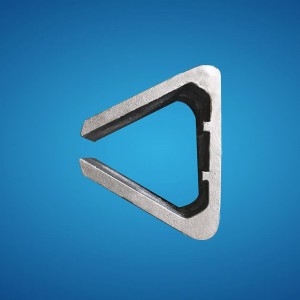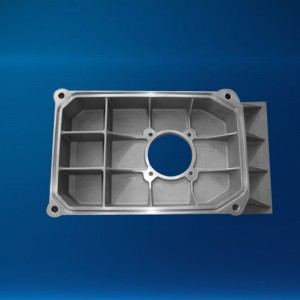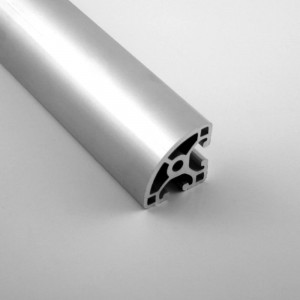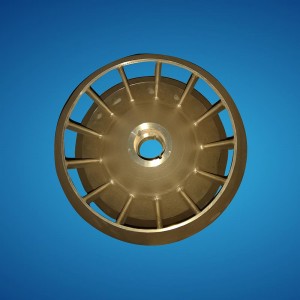Products
-

Steel casting
Steel casting is one of the casting alloys and consists of mainly iron and Carbon. The steel casting is preferred to be adopted when the iron casting can not meet the requirement of the function, especially in terms of strength. Steel castings can be categorized into general structure steel casting, welding structural steel casting, stainless and high temperature steel casting according to usage. And chemically, steel castings can be called carbon steel and alloy steel. Furthermore, if based on its characteristics, the steel castings can be listed as tool steel, special steel, engineering & structure steel and alloy steel.
-

Aluminum casting
For aluminum parts, they can be shaped through sand casting, permanent mold casting and die casting process.
Aluminum casting with its small density, the corrosion resistance and a number of excellent features, are more widely used in aerospace, vehicle, machinery and other industries. Especially in the automotive industry, in order to reduce fuel consumption to improve energy utilization, more and more parts of automobile are being adapted into aluminum materials.
-

Aluminum extrusion
Aluminum extrusion is a technique used to transform aluminum alloy into objects with a definitive cross-sectional profile for a wide range of uses. The extrusion process makes the most of aluminum’s unique combination of physical characteristics. Its malleability allows it to be easily machined and cast, and yet aluminum is one third the density and stiffness of steel so the resulting products offer strength and stability, particularly when alloyed with other metals.
-

Metal fabrication / Metal stamping, welding, assembling
Metal fabrication is the creation of metal structures by cutting, bending and assembling processes. It is a value-added process involving the creation of machines, parts, and structures from various raw materials. The popularly applied material in metal fabrication are SPCC, SECC, SGCC, SUS301 and SUS304. And the fabrication production methods include shearing, cutting, punching, stamping, bending, welding and surface treatment, etc.
-

Copper casting
Bronze casting are a kind of copper alloy material which are widely used in the machinery manufacturing industry, ship building, automotive and construction industries. The most popular sorts of bronze castings can be classified as Cu-Sn, Cu-Al, Cu-Pb, Cu-Mn castings. Below are the common grades










